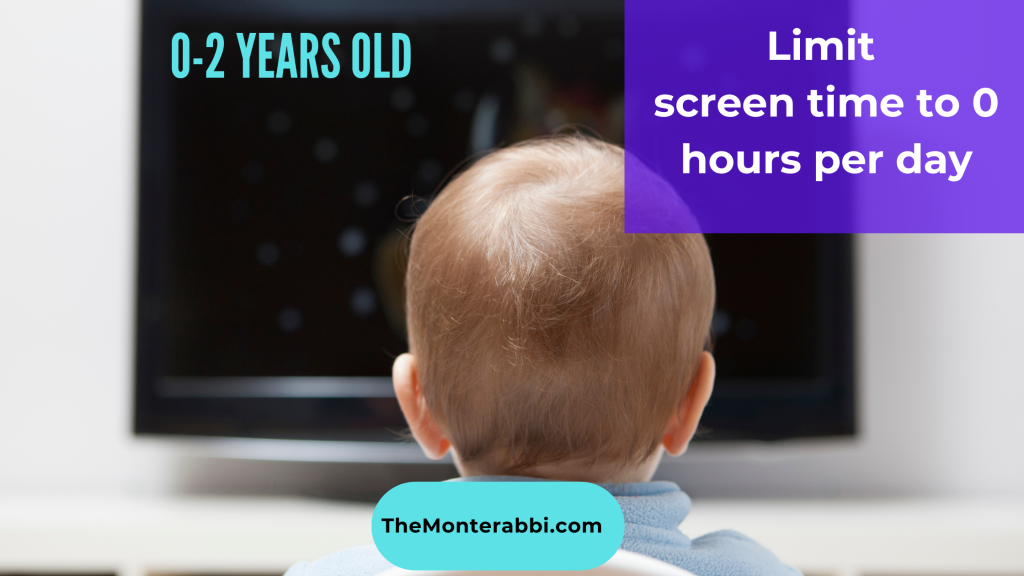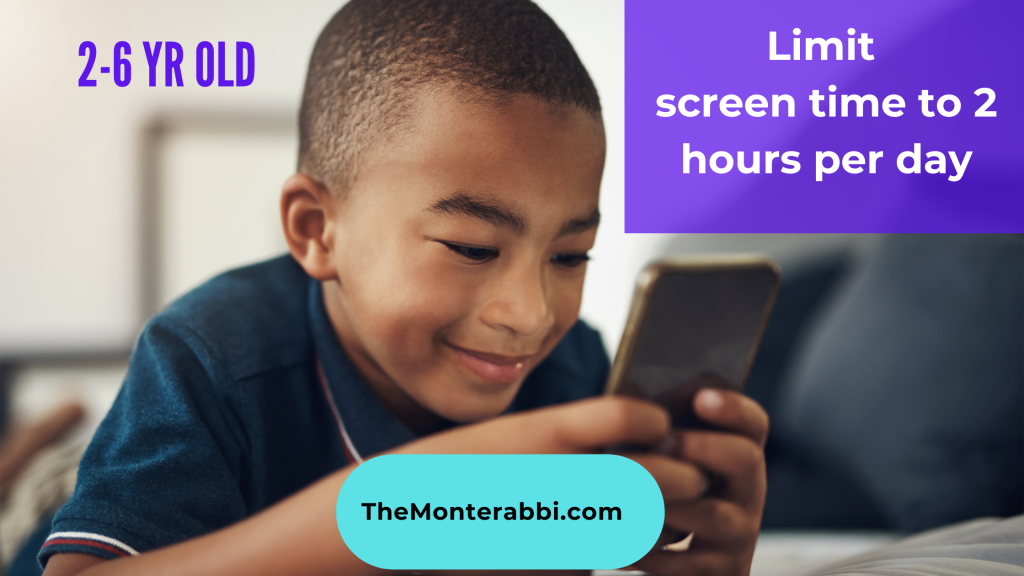For a good four years, I thought that my son Nicholas was autistic. And I did a lot of research on the topic.
Of course I was worried sick that he would not speak, that he would not respond to his name.
And then we took him for assessment and the speech therapist dismissed us. She said that he just had virtual autism and would be on the right track if we cut out screens from his life and had him play with other kids.
Of course the term virtual autism was something really new at the time. And there was little research or medical findings that talked about it. And so we really had to dig deep to understand it. Thankfully, we are testaments to virtual autism. And as he speaks today, we can look back and talk about what virtual autism is and how different it is from full-blown autism
The concept of virtual autism is quickly gaining ground especially after the pandemic and the prevalence of Tiktok, Instagram and Internet penetration even in the last mile. Most parents and friends that I have interacted with on my Facebook page say that they are worried about their sons (sons, mostly) not being able to talk though they have good developmental milestones in all the other areas.
Research conducted has shown that during the Covid 19 pandemic, more children seemed exposed to screens out of boredom and lockdowns. This had adverse effects on their language developmental milestones.
@themonterabbi Too much screentime for toddlers before they hit 2 years can cause virtual autism and speech delay #virtualautism #speechdelay #speechdelayedtoddler #autism ♬ TV Effects (Original Mix) – Kiros & Kiros
But why is virtual autism such as hot topic now? Because kids are being exposed to handheld devices for too long even when they are not of age.
I am a victim. My son has battled with speech delayed for the better time of his 6 years. At first, I thought it was autism spectrum disorder since he would not respond to his name, would not maintain eye contact and had no other speech other than calling everyone ‘mum’ and pointing at things that he wanted.
He also tended to play alone and arrange all his toys in a row. Of course I was alarmed and had him taken to a speech language pathologist who said that too much TV alongside not having enough social interaction were the reasons. I was baffled by this and felt really guilty.
This was in the height of Covid 19 in 2020 when everyone stayed indoors and so kids could not freely mingle with each other. Day care and pre-schools were also locked down. And so it was a bore staying with the boy all day long.
So what was the cure and a big relief to all this boredom? Cocomelon cartoons and songs on Youtube. He really binge-watched them and we loved the time it would afford us away from the boy. Later on, when we installed Wifi in the house, the boy developed a liking for Spongebob squarepants and Masha and the bear.
Little did we know the damage that it would cause him!
Well, he only developed speech at 4 years old. Not that we have fully managed to reverse virtual autism. No, he still slurs at speech but is much better now. He is also not very fluent in my mother tongue and so we have to speak to him in English (the language that most of the cartoons were in).
Had we known the symptoms of virtual autism, then we would easily have noticed this as the cause of why he was behaving strangely and potentially cut out the screens early enough.
Symptoms of Virtual autism
It is indeed very difficult to do a proper virtual autism diagnosis. This is because the symptoms are similar to those of full-blown autism spectrum disorder. The only way to confidently say that your kid had the condition is when they are able to recover.
They signs are:
- Delayed speech
- Limited social interaction and lack of interest in playing with other kids
- Excessive interest in TV watching, handheld devices and an obsession with certain programs
- Hyperactivity
- Inattention
- Rage due to screen withdrawal
As opposed to full blown autism spectrum disorder, virtual autism can be reversed by getting your kid away from the screens and getting them to interact meaningfully with other kids.
How to treat virtual autism at home?
It was from the intentional steps we took to get him back that got him some words. So, which were they?
- Reduce the screen time or cut it out completely
After the pediatrician says that your child is suffering from virtual autism, I would advise you to cut out the screens completely from the child’s life if you really want to reverse things. From then on, prioritize having face to face interactions with the toddler. This helps in a big way. You see, kids learn how to speak by imitating people. Not screens. They want to see how you move your jaws, tongue and lips as you say words. On the TV, their occupation might not be this. They are just there to get entertained and see fancy colors and all that.
The World health organization advises that if a child is yet to hit 2 years, their screentime should be 0 hours per day.

After 2 years, the kid can watch tv for a maximum of 1 hour per day till they hit 6 years.

- Start speech therapy at home
In my case, my wife started speech therapy sessions with my boy where she taught him how to pronounce colors, things in the house, names of people, animals, alphabets as well as numbers. This really helped and the boy was able to copy his mother’s speech. With patience and consistency, he was finally able to get out some words.
If you are time-barred though due to work issues, you could then opt to visit a speech therapist in your area for physical sessions. You could also get virtual speech therapy sessions where you, as the parent, get taught what to do and you could then try to do it with your kid later.
- Build confidence in the little speech vocalized
My son would really get frustrated when he wanted something but could not voice it out. I understood him. At other times, he would struggle vocalizing words. He still does this. But, as a parent, you need to build their confidence by approving what they are saying, being gentle and patient with them till they learn the language.
- Let them be social
Once the pandemic was over and schools were open, we did not dilly-dally taking our son to school. On weekends, we have also made it a priority to take him out somewhere either to a kids park, trampoline park or just church activities where he can relate with other kids. This way, the boy has been able to pick some words here and there from his peers as well as develop confidence in playing with his mates.

- Board games
One awesome thing about board games is that you play them when you are facing each other, right? This way, you are able to pick nonverbal as well as verbal cues from each other. We normally do this with the boy and this has greatly helped in his reversal of virtual autism.

